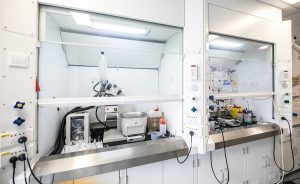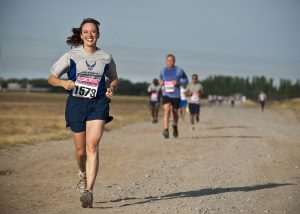Painful veins could be classified as a couple of things. You could either have varicose veins or spider veins, both which can be painful.
Varicose veins occur when your veins become enlarged and swollen due to excessive amounts of blood build up. They are often twisted and turned in your body restricting blood flow making the experience quite painful. They are prominently found in the lower parts of your legs and are raised and are visible through the skin. The condition is fairly common especially women with 25% of all adults suffering from the condition.
Spider veins are less bulging blood vessels that twist and turn as well as being red, purple and blue. Spider veins are very noticeable and are mostly found on the face and leg area.
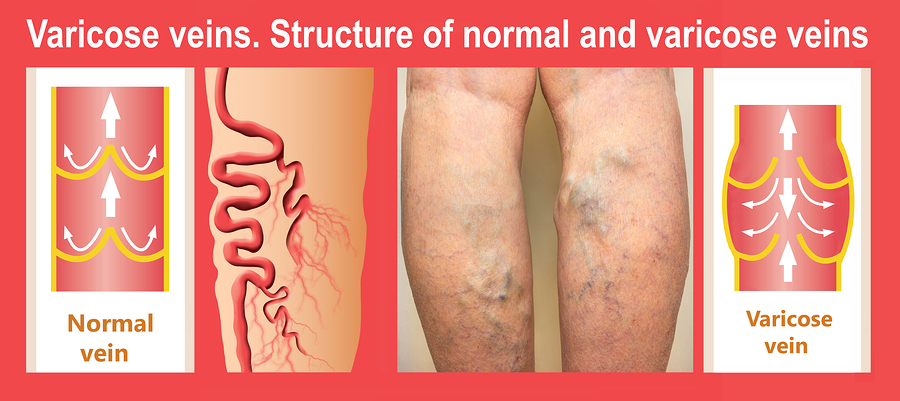
Causes
If you have painful veins you could be suffering from one of these conditions. Some of the causes for these conditions are;
It’s heredity
Unfortunately one of the causes for spider and varicose veins is that it is heredity meaning that it’s been passed onto you genetically. If your family has a long history with the condition, it’s more than likely that you and/or you offspring will have it as well.
Your type of job
Jobs that require standing for extended periods of times a day can cause these types of conditions. Nurses, hair dressers and teachers are at risk due to the nature of their jobs. Standing causes the condition as it develops from a build-up of blood pressure in your veins. Once the pressure gets too high the veins become damaged and are unable to move blood as effectively.
Obesity
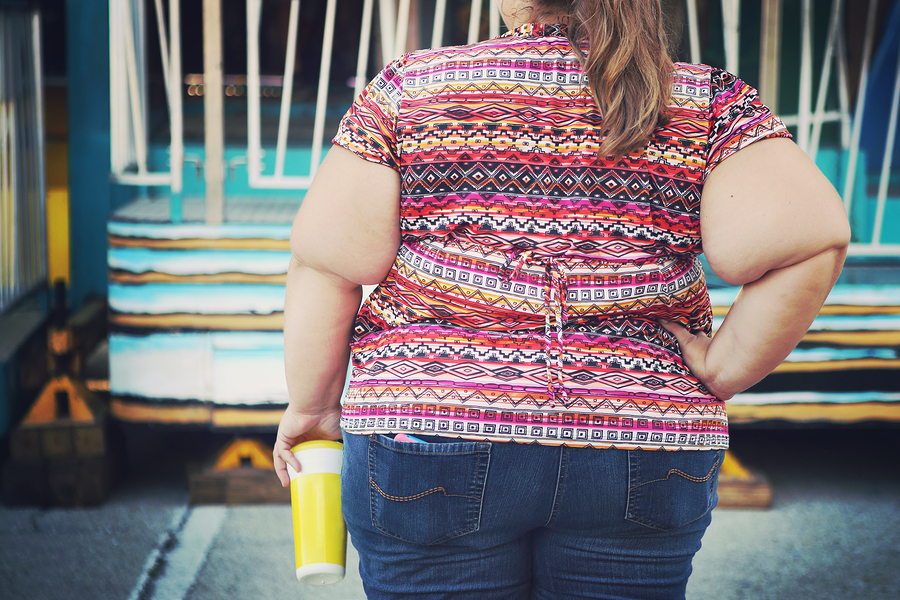
Obesity is a common cause for painful veins. As your body is under a lot of pressure your blood pressure also increases damaging your veins.
Hormonal influxes
Hormonal influxes are a common reason that you have developed these types of conditions. Puberty, pregnancy and menopause are all common times when varicose and spider veins occur. From this it is more common for women to develop varicose veins more than men. This is due to hormonal influxes from the menstrual cycle and during menopause.
Increase in abdominal pressure
Conditions such as tumours, constipation and garments such as girdles that cause abdominal pressure can also lead to varicose veins. Again this is due to the build-up in blood pressure that damages your veins.
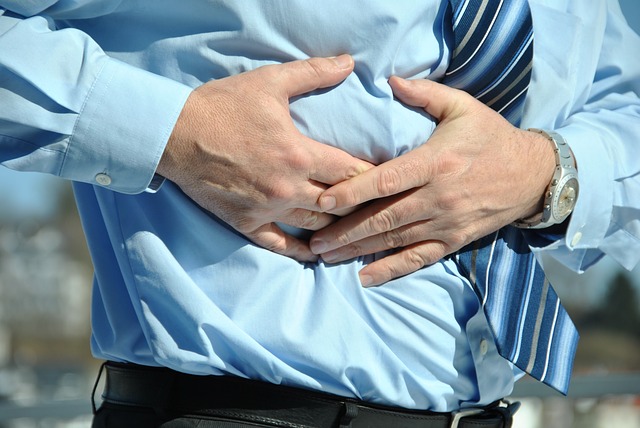
Symptoms
The primary symptom of varicose veins is that they are swollen and easily visible amongst your legs. They will be painful and you will feel heaviness and aches across the affected area. In some cases the veins can swell and discolour being even more visible. In severe cases the veins can bleed a significant amount can cause the development of ulcers. If you notice internal bleeding seek a professional opinion immediately.
The pain can often be relieved by restricting blood flow to the certain areas of your body. Examples include elevating your legs or wearing compression socks or other pieces of clothing.
If you already suffer from these conditions you may notice that the symptoms get worse during certain times of the menstrual cycle or during pregnancy. Again this is from the influx in hormones that your body is dealing with.
If you have painful veins you could be suffering from one of these conditions. If you have extreme pain and relate to some of these symptoms, seek a professional vein specialist to see the options you have for relieving the pain or getting surgery for fixing the problem altogether.
Treatments
The Vein Institute – A Current Affair Interview
There are many different treatment options for problem blood vessels and they range in effectiveness and invasiveness. Traditionally, the best treatments have been highly invasive procedure, such as stripping, which manually remove the blood vessels with surgery.
These procedures, while effective, are quite frightening for clients and can leave scarring. They also have long recovery times as people’s legs remain swollen or sensitive for weeks following the procedure.
In the last few years there had been a rise in the number of less invasive treatment options available ad specialist clinics. Depending on the severity of the patient’s blood vessel problems there are different surgeries available.
Sclerotherapy uses special agents that work to irritate the problem blood vessels until they fail and are broken down by the body. The agent is delivered by needle and has brief recovery times.
More advanced cases of swollen blood vessels require more advanced surgery. Endevenous laser ablation is a popular choice for its accuracy and effectiveness.
Commonly guided by an ultrasound machine, vascular surgeons use a highly focused laser to penetrate the skin and heat up the problem blood vessels. This heat causes the blood vessels to collapse and be re-absorbed by the body.
More advanced versions of this treatment penetrate the vein and heat it up from the inside out. Depending on how many blood vessels were targeted and how deep the laser went, the recovery times will vary.
Intense laser treatments may require an overnight stay in hospital but in most cases people need only rest until the aesthetic wears off. For this reason many people are advised not to drive a few days following the procedure.
While professional treatment at a specialist vascular clinic is the best way to combat the condition there are many things people do at home to offer temporary relief. Most commonly, people wear compression stockings that apply pressure to the lower legs and reduce the diameter of the problem blood vessels.
The stockings work to promote better blood circulation and are important in the prevention of clots or ulcers. They effectively force blood to go through alternate channels so that less pools up in and around the problem blood vessels.





